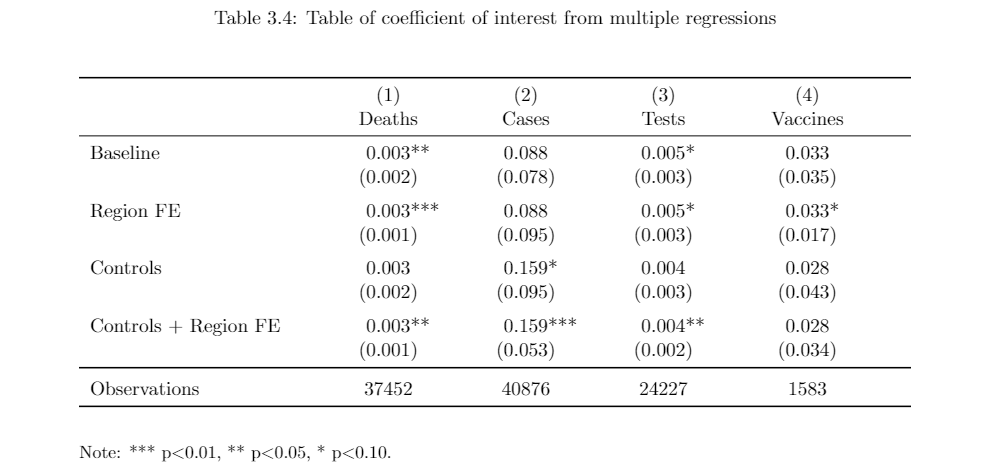

Divide the sum of the squared deviations by N – 1.Subtract the mean from each score to get the deviation from the mean.There are six steps for finding the standard deviation:

The larger the standard deviation, the more variable the data set is. It tells you, on average, how far each score lies from the mean. The standard deviation ( s) is the average amount of variability in your dataset. Range of visits to the library in the past year Ordered data set: 0, 3, 3, 12, 15, 24 To find the range, simply subtract the lowest value from the highest value. The range gives you an idea of how far apart the most extreme response scores are. The range, standard deviation and variance each reflect different aspects of spread. Measures of variability give you a sense of how spread out the response values are. Mode number of library visits Ordered data setįind the most frequently occurring response: 3 To find the mode, order your data set from lowest to highest and find the response that occurs most frequently. A data set can have no mode, one mode, or more than one mode. The mode is the simply the most popular or most frequent response value. In tables or graphs, you can summarize the frequency of every possible value of a variable in numbers or percentages. Frequency distributionĪ data set is made up of a distribution of values, or scores. Now you can use descriptive statistics to find out the overall frequency of each activity (distribution), the averages for each activity (central tendency), and the spread of responses for each activity (variability). Your data set is the collection of responses to the survey. You distribute a survey and ask participants how many times they did each of the following in the past year: Research exampleYou want to study the popularity of different leisure activities by gender. You can apply these to assess only one variable at a time, in univariate analysis, or to compare two or more, in bivariate and multivariate analysis. The variabilityor dispersion concerns how spread out the values are.The central tendencyconcerns the averages of the values.The distribution concerns the frequency of each value.There are 3 main types of descriptive statistics: Frequently asked questions about descriptive statistics.


 0 kommentar(er)
0 kommentar(er)
